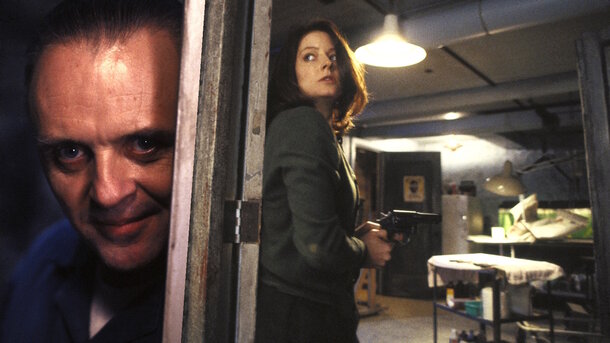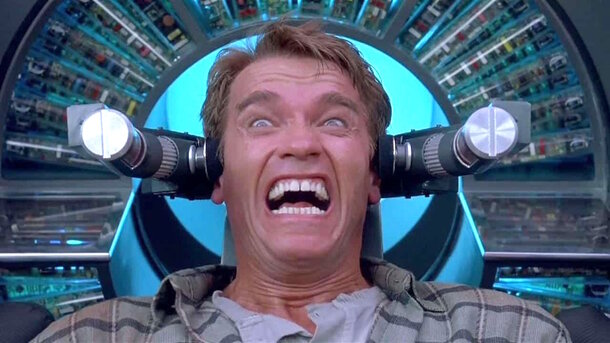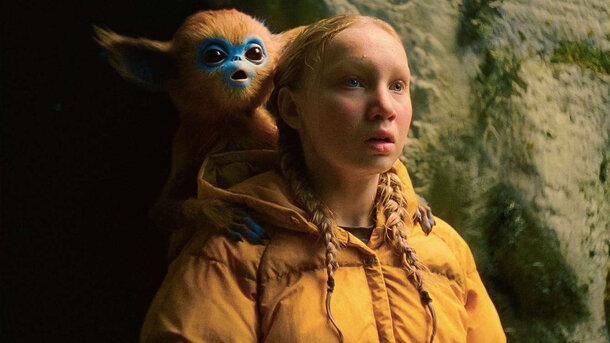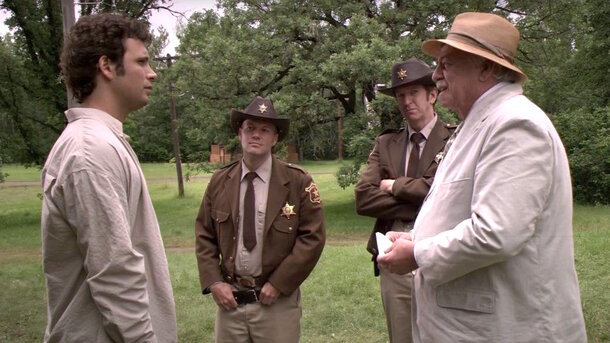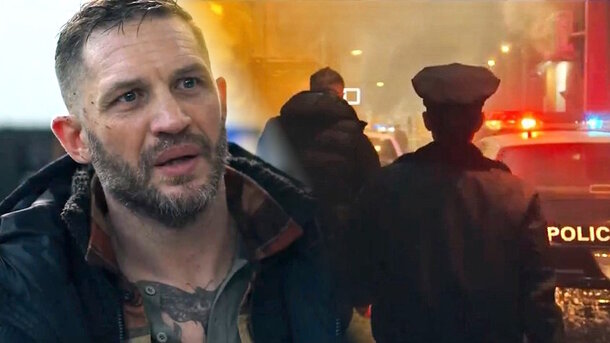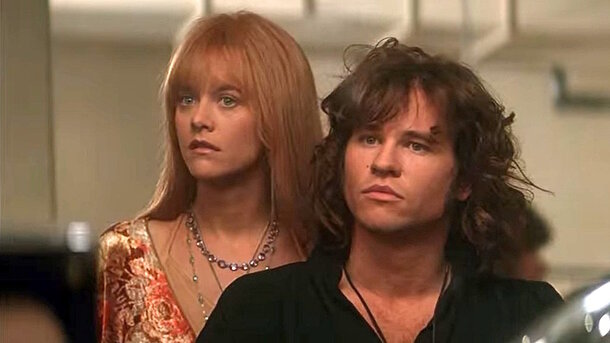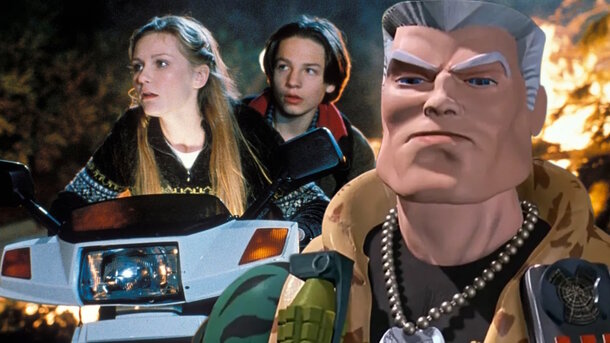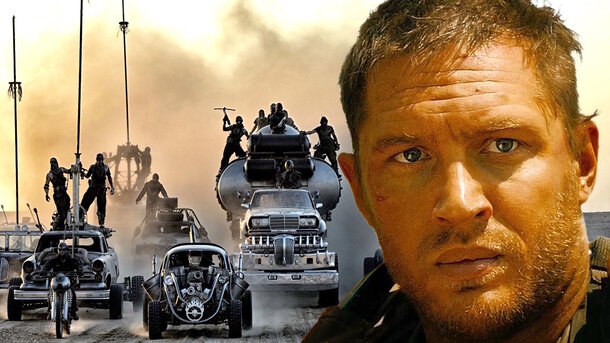Watching it again, years after my first viewing, I was struck not only by its chilling brilliance but also by how effortlessly it still burrows into your psyche. There’s something deeply unsettling — and undeniably captivating — about the dance between predator and prey in this Oscar-sweeping masterpiece.
Plot Overview (Spoiler-Free)
FBI trainee Clarice Starling is young, bright, and dangerously determined. When she's tasked with interviewing the infamous psychiatrist-turned-cannibal Dr Hannibal Lecter to aid in the hunt for another serial killer, she enters a cerebral cat-and-mouse game that will challenge everything she thinks she knows about justice, fear, and herself. The emotional undercurrent is thick with tension, vulnerability, and the kind of psychological dread that makes your spine stiffen ever so slightly.
Director’s Vision: Controlled Madness
Jonathan Demme doesn’t simply direct — he orchestrates. Every close-up, every silence, every sterile corridor seems to echo with dread. His choice to use long, unblinking shots when Lecter speaks makes you feel like you’re the one being dissected. It's a brilliant manipulation of tension, where horror comes not from gore but from the intimacy of evil being uncomfortably close.

Performances: Absolute Career Highs
Anthony Hopkins doesn’t just play Hannibal Lecter — he becomes an entity. There’s a calm elegance to his menace that’s even more terrifying than any outburst could be. With less than 25 minutes of screen time, he carves himself into cinema history. And Jodie Foster? She’s pure steel wrapped in sensitivity. Her Clarice is vulnerable but never weak, commanding empathy without ever asking for it.
Cinematography and Sound: Unsettling Precision
Tak Fujimoto’s cinematography feels clinical — intentionally so. Stark lighting and calculated camera angles create a sense of claustrophobia, even in wide-open spaces. Howard Shore’s score is equally unforgettable, with its swelling strings and low rumblings that seem to crawl beneath your skin. It’s sound and image working together to keep you in a state of taut suspense.
Themes & Symbolism: Power, Gender, and the Nature of Evil
Beyond the serial killer tropes, the film is a study of control — how it’s sought, used, and subverted. There’s a stark examination of gender dynamics, particularly in Clarice’s navigation of a male-dominated field. The moth, the mask, the silence — they’re not just symbols, they’re metaphors for identity, transformation, and the facades we wear to survive.

Audience Reactions: USA vs. UK
In the US, The Silence of the Lambs became a cultural phenomenon, cementing Lecter in the pantheon of horror villains and sparking debates about its gender politics and representation. In the UK, the reception was equally powerful — though more focused on the film’s literary qualities and psychological depth. British critics often highlight the film’s restraint and sharp character studies, while American viewers tend to discuss its visceral tension and unforgettable quotes. It’s revered on both sides of the pond, though for slightly different reasons.
Final Verdict
This isn’t just a thriller — it’s a masterclass. From Hopkins’ spine-tingling performance to Demme’s expert direction, everything aligns with unnerving precision. It lingers in the mind long after the credits roll. With five Academy Awards and an 8.6 IMDb rating to its name, The Silence of the Lambs remains, quite rightly, one of the greatest films ever made. However, its disturbing content might be too much for sensitive viewers.
